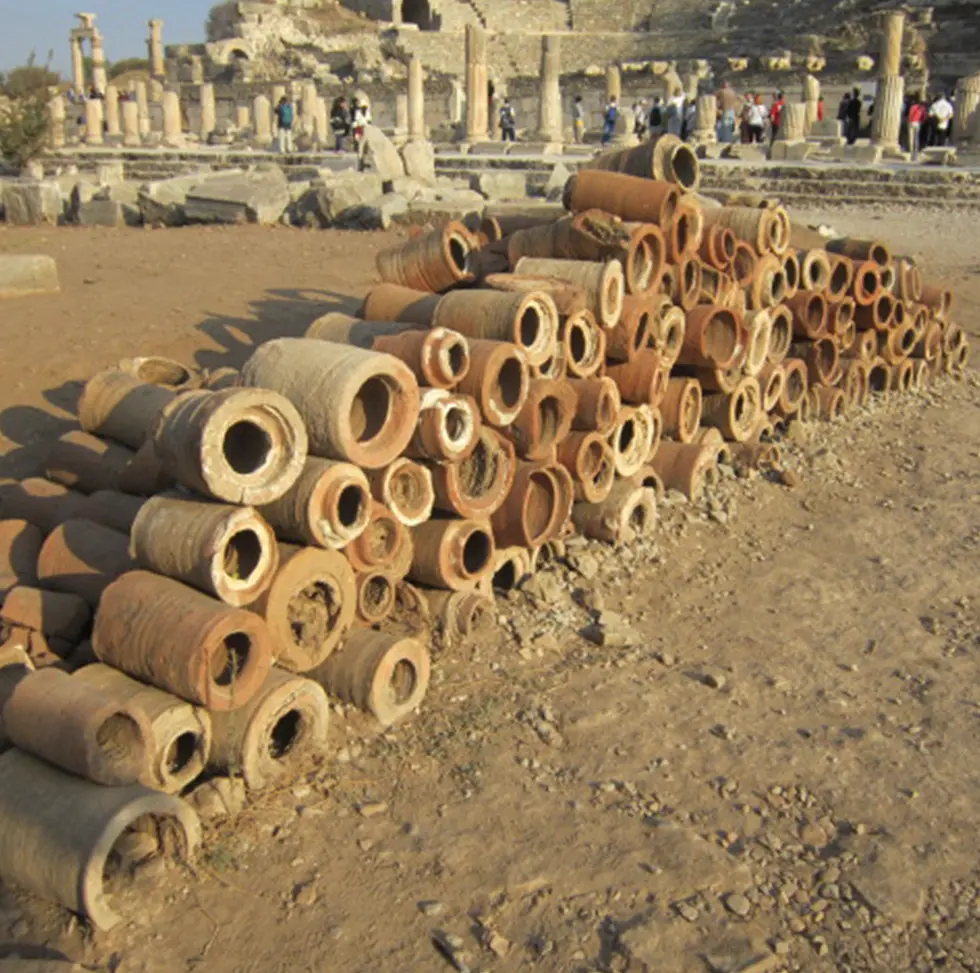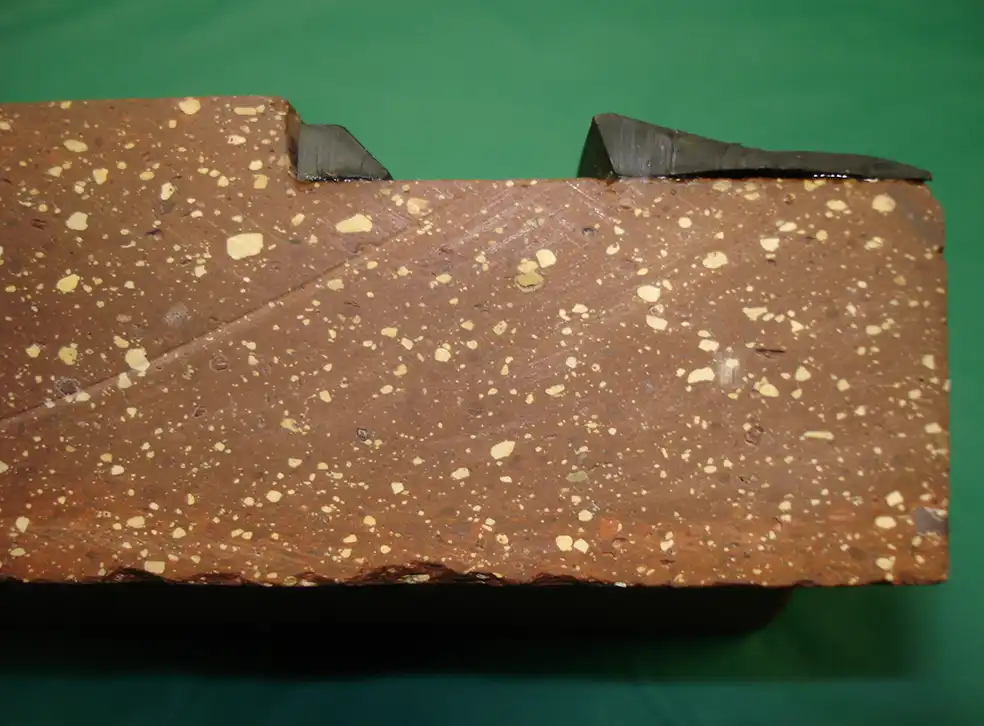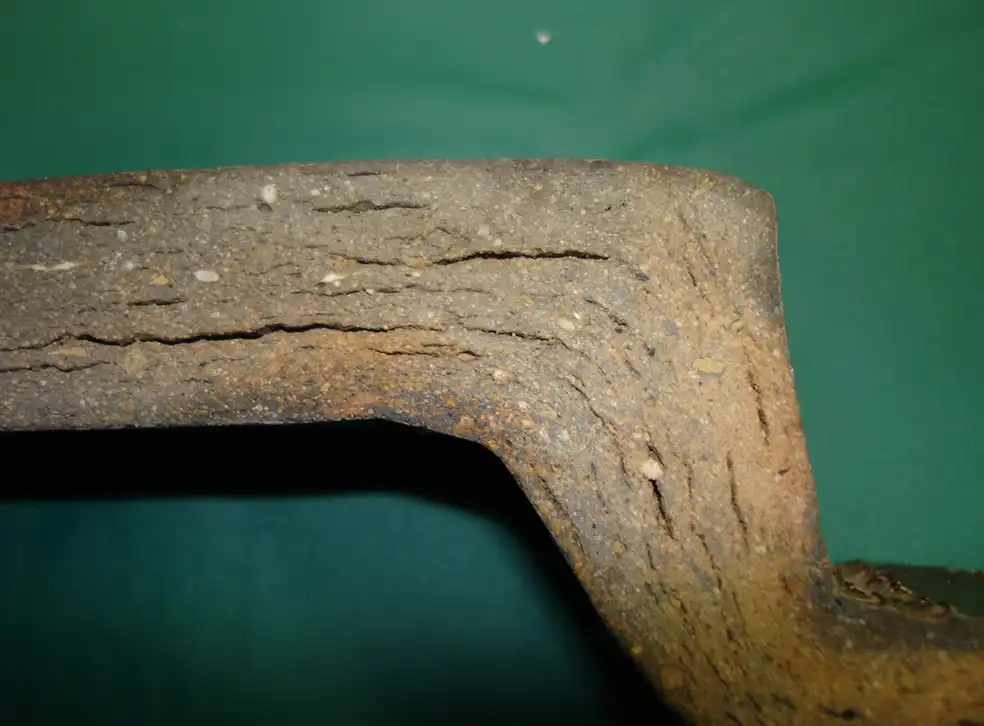History
NCPI Through the Years

The History
Of NCPI
The Path to Standards (1815-1915)
Manufacturing clay pipe in the U.S. didn’t begin until approximately 1849.
The ASTM Committee C04 (originally Committee L) was formed in 1904, and took several years of research to establish “Tentative Specifications for Clay Sewer Pipe,” designated C13-17 T. The focus of this standard was primarily the size, shape and strength of the pipe. There were no design or installation standards.
Anson Marston joined the C04 committee in 1912. Under his leadership, the Memoranda for Recommendations for the Laying of Sewer Pipe was introduced. It was accepted in 1915, 100-years after installations began in the U.S.
The State of Practice (1920s & 1930s)
Additional Research & Introduction of the Clean Water Act (1940s - 1970s)
In the early 1940s through the mid1950s, NCPI partnered with the Ohio State University to conduct research into manufacturing methods, testing, and joint design. Following this research, compression joints were introduced and widely accepted by U.S. manufacturers.
In the 1960s and 1970s, NCPI conducted independent research that led to dramatic improvements in pipe strength and significant changes to ASTM C301 Standard Test Methods for Vitrified Clay Pipe.
With the passage of the Clean Water Act in 1972, dilution was no longer a solution. ASTM standards for VCP evolved to require “leak-free” joints.
Trenchless Installation with VCP (1980s & 1990s)
CLSM Creates a New Bedding Class (2000s)
Haunching (2010s)
The First Cleaning Standard (2020s)
ASTM C1920 Standard Practice for Cleaning of Vitrified Clay Sanitary Sewer Pipelines was introduced. VCP became the first pipe material to publish a cleaning standard.
Today, NCPI continues its primary mission of research and education.


